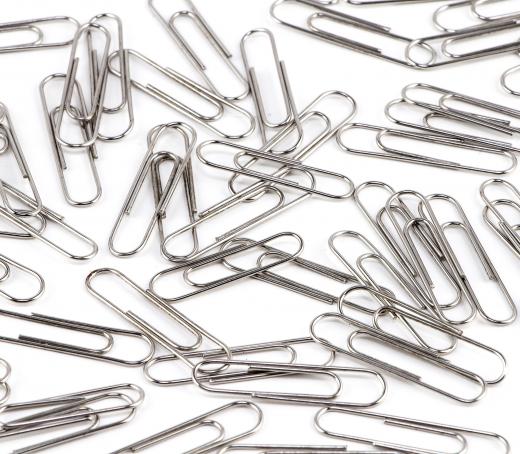What Is a Crystal Growing Kit?
It's three days until the science fair, or until the science project is due, and your child hasn't thought of anything to do. Or, he's an amateur chemist and wants something different. What about a crystal growing kit? This kit does exactly what it says it does: it uses the properties of various chemicals to yield what we call crystals.
How does it work? A crystal growing kit provides the proper amount of chemicals and all supplies to grow crystals and diodes in various colors and shapes. These may be determined by the chemicals themselves, or by the amateur chemist adding food coloring in his favorite shade. The chemist simply mixes the chemicals according to the kit's directions, places them in the medium provided, and allows nature to take its course. Depending on the chemicals in the kit, he could have nice-sized crystals in 24 hours. Evaporation of the liquid medium causes the chemicals to bond with each other according to their particular shape, yielding crystals of different sizes.

A crystal growing kit can be purchased at any science supply store or online. Depending on the kind and complexity of the crystal growing kit, the price can range from 20 US Dollars (USD) to 60 USD. However, for considerably less money than a kit, and with the right recipe, an amateur chemist can grow nice crystals at home, with common household ingredients.
Numerous recipes and methods of growing crystals at home are available online and in activity books that feature "science at home" projects. One of the easiest crystals to grow is sugar. The chemist starts with boiling water--enough to fill a peanut butter jar about three-fourths full. Next, add regular granulated sugar into the solution, about a teaspoon at a time, stirring until the sugar is dissolved. He keeps adding sugar until it begins to accumulate at the bottom of the jar and will not dissolve with more stirring. Next, he takes a paper clip, attaches it to a piece of kitchen twine, and ties the other end around a pencil or butter knife. He lowers the paper clip and twine down into the liquid and sets the whole thing aside so it will not be disturbed.
In a day or so, he can observe crystals forming on the string as the water evaporates. Adding food coloring to the water will color the crystals for rock candy. Once the water has completely evaporated, the crystals can be eaten or saved.
A crystal growing kit is probably a good purchase for someone wanting to grow something unusual, or when the ingredients are expensive or hard to find. However, a student wanting to do a science project about crystals doesn't need to rely on a crystal growing kit. Plain sugar and salt work, too.
AS FEATURED ON:
AS FEATURED ON:











Discussion Comments
@Mor - It's not all that difficult to grow the kinds of crystals most kids will be interested in. I would definitely do some research on what kind of equipment is needed before actually buying a kit.
Remember that kids' science kits often come with chemicals that can only be used with that equipment and once they run out the kit becomes useless. That isn't going to be much help for a science fair project, or anyone who wants to be able to grow crystals indefinitely.
@pastanaga - That depends on what you mean by a crystal growing set though. I bought a tiny Christmas tree crystal growing kit for my nephew one year, which grew green crystals over a cardboard structure and I agree that wasn't exactly science.
But there are some pretty nice equipment sets out there which have all the equipment a child might need for growing crystals. They aren't just a gimmick which is what would be an issue, I think. But if a student uses an ant farm as the basis of their science fair project they won't be judged on whether or not the ant farm came from a store. It depends on how they use it and what they learn from it.
If your child does want to make a science fair entry they really can't get away with using a kit. A crystal growing kit could be good to build enthusiasm and show them what to expect, but they really need to do a bit of research and set up to grow their own crystals, rather than relying on the set up of a company.
If your student is very young, then growing rock candy is probably enough. If they are a bit older they will probably need to figure out some kind of thesis related to crystal growing, such as trying to make the crystals bigger or more clear, for example, or maybe investigating how people used to get salt from the sea by crystallizing it, or something like that.
A science fair project doesn't have to be completely unprecedented, but it does need to be composed of original research, so just using a science kit isn't going to cut it.
Post your comments